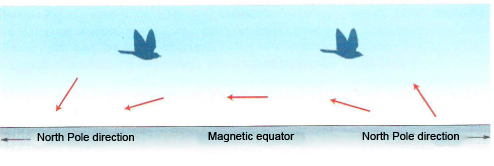
We have done nothing to mitigate global warming. Between waits, delays and more excuses, one climate conference after another failed. Over the centuries, the seas have risen by 65 metres.
Around the World in the Anthropocene tells the story of the world tour undertaken on a bet by the protagonist Ian Fogg in 2872, a thousand years after the one carried out by Phileas Fogg, the English aristocrat who was the protagonist of Jules Verne’s novel Around the World in 80 Days set in 1872. Phileas, together with his French aide Jean Passepartout, attempts to circumnavigate the globe in 80 days, to win the £20,000 bet placed on the other members of the Reform Club.

Illustrator: Francesco Ferrarese | Publisher: Raffaello Cortina, 2022
Pages: 200, ill. , Paperback | EAN: 9788832854695
If Phileas Fogg used every means of transport for his tour, Ian Fogg, on the other hand, uses only a superlight hydrogen aircraft for a “world tour” that projects us into the Anthropocene of the future by re-reading our past and highlighting the planetary dimension of problems caused by human beings from local situations.
It is a breathtaking tour: in 8 days it ideally retraces the journey made by humanity starting from Africa to reach Noah’s new “ark” in Antarctica, the last continent able to offer conditions for the survival of humanity. The comparison between the distant past and a hypothetical, undesirable, but not distant future will be an opportunity to discover together the deep historical roots of the Anthropocene. To guide us is a scientist who wants to beat on time a strange cruise of flat earthers.
The second tour of the world is a “fantageographic” journey through the maps that Francesco Ferrarese imagined starting from the scientific hypothesis of a 65-metre rise in sea and ocean levels generated by the total melting of the ice caps.
The third tour of the world takes us through almost unknown places and crucial themes of the current world, but chosen by Mauro Varotto for their “heuristic” role, revealing the contradictions of the Anthropocene.
For this reason, the book alternates between three languages and reading levels that interact with each other: the narrative dimension of the imaginary journey, the scientific dimension of the physical and human geography of the world in the Anthropocene, the cartographic language, with all its power of visualization intuitive.
Credits
Author: Anna Lacci is a scientific popularizer and expert in environmental education and sustainability and in territory teaching. She is the author of documentaries and naturalistic books, notebooks and interdisciplinary teaching aids, and multimedia information materials.
Translation by Maria Antonietta Sessa




